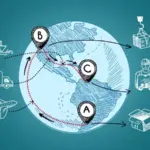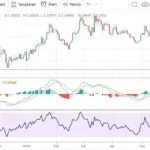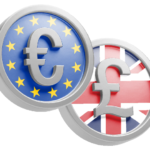The Buy Now, Pay Later (BNPL) model has transformed the way consumers shop and manage their finances over the past few years. Initially popularized by fintech pioneers such as Afterpay, Klarna, and Affirm, BNPL allowed consumers to split their purchases into smaller, interest-free installments. However, as the digital economy evolves and consumer expectations shift, the next generation—BNPL 2.0—is emerging. This new wave of BNPL focuses on sustainability, regulation, and integration with broader financial ecosystems.
From Convenience to Financial Ecosystem Integration
Early BNPL models were primarily designed for convenience—making online shopping smoother and more affordable for consumers while boosting sales for merchants. However, BNPL 2.0 goes far beyond point-of-sale financing. It integrates deeply into digital banking platforms, super apps, and even traditional financial institutions.
New players and established banks alike are embedding BNPL features into their ecosystems, enabling customers to manage credit, track spending, and access financial wellness tools in one place. This integration enhances transparency and encourages responsible borrowing—addressing one of the biggest criticisms of early BNPL models.
Key Features of BNPL 2.0
1. Smarter Credit Assessment
BNPL 2.0 leverages AI, open banking data, and alternative credit scoring to better assess a customer’s repayment capacity. By analyzing real-time transaction histories, income flows, and spending patterns, providers can make more accurate lending decisions—reducing default risks and promoting financial health.
2. Regulation and Consumer Protection
Governments and regulators are increasingly stepping in to ensure responsible lending. BNPL 2.0 models are designed with compliance in mind, including transparent disclosures, affordability checks, and fair dispute resolution. These measures help create a safer and more sustainable lending environment.
3. Expansion Beyond Retail
The new generation of BNPL is moving beyond fashion and electronics into sectors like healthcare, travel, and education. For example, consumers can now use installment options to pay for medical treatments, tuition fees, or even home repairs—expanding the model’s utility and market reach.
4. Sustainable and Ethical Lending
BNPL 2.0 emphasizes responsible financial behavior. Some providers now offer incentives for timely payments, financial education resources, and tools to help users avoid debt traps. This shift reflects a growing awareness that long-term sustainability depends on consumer trust and financial literacy.
5. Merchant Benefits and Data Insights
For businesses, BNPL 2.0 provides more than just higher conversion rates. It offers valuable insights into customer behavior, spending patterns, and product preferences. These analytics help merchants tailor promotions, improve retention, and optimize inventory.
Challenges on the Road Ahead
Despite its promise, BNPL 2.0 still faces significant challenges. Profitability remains a concern, as providers must balance low interest rates with operational costs. In addition, rising inflation and tighter consumer budgets could increase repayment defaults.
Data security and privacy are also major issues. As BNPL providers handle sensitive financial data, they must maintain the highest standards of cybersecurity and regulatory compliance to protect consumers.
Lastly, market saturation poses a threat. With multiple players entering the BNPL space—from fintechs to traditional banks—competition is fierce, pushing providers to innovate or consolidate.
The Future of BNPL 2.0
BNPL 2.0 represents the natural evolution of a financial innovation that has already reshaped consumer credit. As it continues to mature, expect to see deeper integration with digital wallets, embedded finance platforms, and super apps. The focus will shift from “buy now” convenience to long-term financial empowerment.
Providers that prioritize responsible lending, transparency, and customer well-being will define the next phase of the BNPL revolution—creating a more inclusive and sustainable financial ecosystem.
Conclusion
The rise of BNPL 2.0 marks a turning point in consumer finance. What began as a convenient payment method has evolved into a sophisticated, data-driven financial service with the potential to transform how people manage credit and spending. As regulation, technology, and consumer awareness evolve, BNPL 2.0 stands poised to deliver on its promise—empowering consumers while building a more responsible and resilient financial future.














